You’re being watched…we all know that the day would come that robots would invade our world. However, it looks like science fiction was being overly dramatic in a lot of horror stories; they never mentioned how profitable the robots would be.
That’s right – we live in a world where billboards are thinking. They can read you, decide what you’re thinking, and give you the best possible ad. From there, all you can do is grab your credit card. Billboards have been around for a long time, but as technology continues to improve, billboards do, too. With the introduction of augmented reality (AR) and artificial intelligence (AI), we’re starting to see more and more smart billboards.
Did you know this was an option for your business?

What is a Smart Billboard?
Billboards were installed in London as a test of the technology to see if it was possible for a computer to successfully design the perfect ad – on its own. They had a digital display, and they had a camera inside to read the people looking at them. The first step was to decide what sort of mood the person was in. Then, depending on whether the viewer was happy, sad, or neutral, it would display a different version of the ad. Afterward, it analyzed the responses to measure how successful the ad was. Finally, it repeated the good ads and trashed the bad ones.
Nowadays, we all own some piece of technology that is labeled, “smart.” We enjoy smart technology in things like:
- Smartphones
- Smart TVs
- Smartwatches
- Vacuums
- Cars
- Smart glasses (yes, there are really smart glasses now)
And, to an extent, we’ve already been exposed to smart advertising – ads that change and optimize themselves over time. You will see these types of ads when you search for a term on Google, when you visit a website and then exit out, and when you’re on social media. Smart advertising changes depending on how they perform with different audiences that they interact with. What’s most recent, though, is how this technology has made its way to the billboard – smart billboards.
Advertising, as it’s always been, is designed to capture your attention and inspire some sort of action. That hasn’t changed. What has changed is how technology has evolved from traditional billboards – and even digital billboards, for that matter. It’s not as easy to ignore a smart billboard that learns about you over time and therefore adjusts its message.
The Technology Inside
You might imagine that they developed some sort of incredibly advanced technology to make this happen, but that actually wasn’t the case. This was put together by the M&C Saatchi Advertising Agency, and they were working with Clear Channel and Posterscope to make it happen. The billboards just had a Microsoft Kinect camera inside, so they were really just using technology that had already been developed for playing video games. Kinect is able to read people’s reactions, so it gets the job done.
How AI and AR Are Changing Billboards
Artificial Intelligence has made its way into billboards, which has obviously sparked conversation around the brands using this technology in their advertising. Here are just a few ways that Artificial Intelligence is changing the way brands do advertising (specifically on billboards):
- Object recognition – through AI cameras and sensors, billboards can now detect facial features. This helps them decide whether they think people who are passing the smart billboard are happy or sad. It can determine a certain demographic, as well, telling the difference between ages and genders – and serving relevant ads in response.
- Statistics/data – AI cameras and sensors can also give valuable data on billboard areas. Billboards are keeping track of the amount of traffic that the area receives each day, etc. This helps brands determine which areas are best for placing another smart billboard.
- Recognition of climate and surroundings – not only are these smart billboards able to recognize objects, but also things like weather, noise levels, and even cigarette smoke. You’ve probably heard of the advertisement that ‘coughs’ every time it senses cigarette smoke in the air. Other smart billboards can sense if it’s hot outside and recommend a cold drink or smoothie.
Bahia: The Coffee of the Future
Unfortunately, this whole campaign probably created a lot of angry customers. For the experiment, the advertising agency decided against using a real brand, so they simply made one up. The product was an instant coffee called Bahia, and it’s not the type of thing that usually draws a lot of attention.
The Evolution of the Ad
The billboard was only advertising one brand, so it was fairly limited in what it showed. It didn’t promote sports cars to one person, laundry detergent to the next, and allergy medicine to a third. Instead, it was programmed to use a series of different fonts, colors, and styles to see how different people reacted to the plea to buy coffee.
Why Spying on Your Customers Works
While the first instinct of many is that this whole idea is kind of creepy, it can actually work to improve everyone’s life. If you remember that the main goal of advertising is to let people know about products or services they want, then this just helps eliminate all the noise on the street. Instead of wasting your time, these smart billboards were able to show people what they wanted to see. Also, since it measured reactions to seeing what people liked and didn’t like, and it can help make higher quality advertising in the future. It’s basically like having a focus group that’s composed of, well, everyone.

Why the Internet Isn’t As Important as We Think
The internet has become a great place for businesses because it makes it possible to measure things in a way that has never even been remotely possible. A lot of companies have been using it as an excuse to steer away from more traditional forms of advertising media, but this could put a stop to that pattern. Internet browsing history is a great way to build a profile of your customer, but nothing beats walking around town with them and asking them their opinions. If this technology can be in a few bus stops in London, it might not be long before it’s all over the globe.
This Campaign Doesn’t Invade Your Privacy
One nice feature about this little experiment is that it was designed in a way that wouldn’t let it cause any invasion of privacy. It didn’t follow the standard internet strategy of storing all your information. Even if it did, it wouldn’t make a huge difference because it never actually knew who it was looking at.
Time for You to Do the Same
Do you use similar techniques in your business? Even if you don’t want to go to such extreme measures as this campaign did, are you taking advantage of modern advertising strategies? The marriage of technology and traditional advertising is a key relationship in influencing consumers.

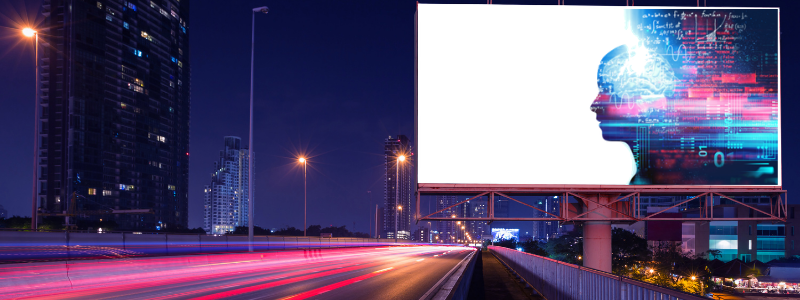

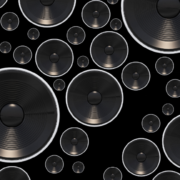
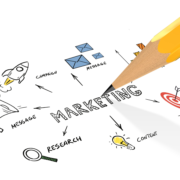
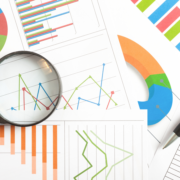


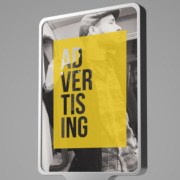


 787 792 4113
787 792 4113

Leave a Reply
Want to join the discussion?Feel free to contribute!